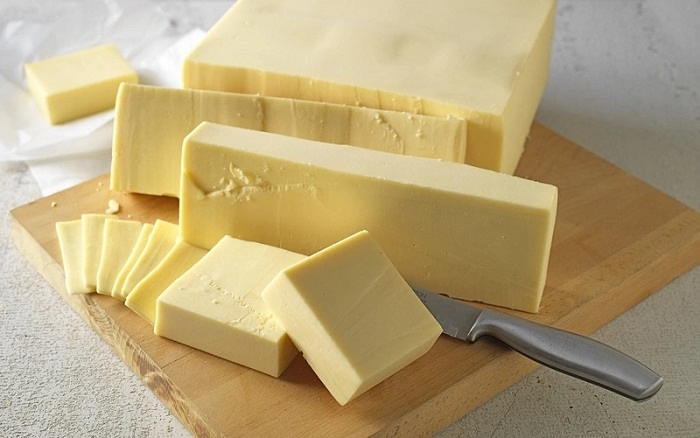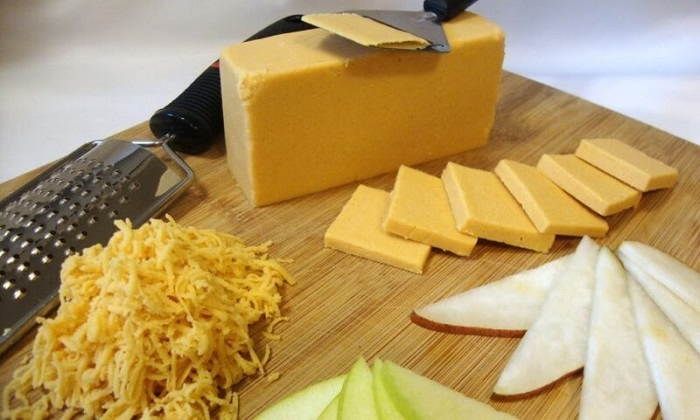Drawing a block of cheese can be a fun and rewarding experience, whether you’re aiming for a simple, stylized look or a realistic, detailed illustration. In this guide, we’ll explore how to draw a block of cheese, providing you with useful techniques, tips, and steps to create your own cheese artwork.
Table of Contents
Why Would You Want to Draw a Block of Cheese?
There are several reasons why you might want to draw a block of cheese:
- Fun Artistic Challenge: Drawing a block of cheese allows you to practice basic shapes and textures, providing a fun yet manageable drawing project.
- Learning Texture Techniques: Cheese has a unique texture that’s perfect for practicing shading and texturing techniques to enhance your drawing skills.
- Playful Subject Matter: Cheese is a playful and familiar object that can be turned into a variety of fun, artistic interpretations.
Best Tips for Drawing a Block of Cheese
Start with Basic Shapes

A block of cheese generally has a rectangular or square shape, so start by drawing the basic form.
How to Do It:
- Lightly sketch a rectangle or square using a pencil, keeping your lines simple and clean.
- For more accuracy, use a ruler to make sure the edges are straight and proportional.
Add Texture and Surface Details
Cheese is known for its smooth, sometimes uneven texture. Add texture to your block to give it a realistic appearance.
How to Do It:
- For a smooth cheese like cheddar, draw gentle lines or slight wrinkles along the block’s surface.
- For a more aged or hard cheese, add small cracks or crevices on the surface to suggest texture.
Focus on the Block’s Edges
The edges of the block are an important aspect when drawing cheese. They should appear sharp or rounded depending on the type of cheese.
How to Do It:
- For a sharper block of cheese (like Parmesan), draw clean, crisp edges.
- For a softer cheese (like Brie), use softer, rounded edges to give a more fluid and gentle look.
Add Shading for Depth
Shading is crucial to make your block of cheese look three-dimensional and realistic. Apply shading to create the illusion of light and shadow.
How to Do It:
- Determine where your light source is coming from (e.g., top left, right, or center).
- Shade the opposite side of the block, leaving the area closest to the light source lighter.
- For harder cheeses, use cross-hatching for a more textured feel, and smooth shading for softer cheeses.
Highlight the Cheese
To give your block of cheese a glossy, fresh look, add highlights to the areas that would reflect light.
How to Do It:
- Lightly erase small areas of your shading to create bright, reflective spots, especially along the top or side of the block.
- Use a white pencil or eraser to add highlights, giving your cheese a more lifelike appearance.
Add Color for Realism
Color will bring your cheese drawing to life, especially since cheese comes in a variety of shades.
How to Do It:
- Use colored pencils or digital tools to add shades of yellow, orange, or even white, depending on the type of cheese you’re drawing.
- For cheddar, use yellow or orange hues, and for a softer cheese like mozzarella, use whites and light creams.
Draw the Cheese in Context
To enhance the visual appeal of your cheese drawing, consider adding elements around the cheese, such as crackers, bread, or a plate.
How to Do It:
- Lightly sketch a plate beneath the cheese to create a base.
- Add other food items, like crackers or fruits, to make the scene more dynamic.
Different Styles for Drawing a Block of Cheese
Cartoon Cheese: Bold and Fun

Drawing a cartoon block of cheese can be playful and exaggerated, perfect for adding some humor to your artwork.
How to Do It:
- Use thick outlines and bright, solid colors.
- Add fun facial expressions or hands to the cheese for a quirky touch.
Realistic Cheese: Detailed and Lifelike
A realistic cheese drawing requires more precision and attention to detail, focusing on shading, texture, and accurate proportions.
How to Do It:
- Pay attention to the light source, texture, and depth of the block to make it appear three-dimensional.
- Use fine lines and subtle shading to capture the natural look of the cheese’s surface.
Abstract Cheese: Creative and Artistic
Abstract cheese drawings are perfect for those who want to get creative and experiment with different interpretations of a block of cheese.
How to Do It:
- Use exaggerated shapes, colors, and patterns that represent the essence of cheese in a non-literal way.
- Focus on color gradients, textures, and imaginative compositions.
How to Choose the Right Style for Your Block of Cheese Drawing
Your style will depend on the effect you want to achieve:
- For Playful and Fun Art: Cartoon cheese is ideal for creating something light-hearted and fun.
- For a Realistic Approach: If you’re aiming for lifelike detail, a realistic block of cheese is the way to go.
- For Expressive Art: Abstract cheese allows for free expression and creativity, perfect for unique interpretations.
How to Store Your Block of Cheese Drawing
Proper storage ensures that your drawing stays in good condition:
- Use a Portfolio: Store your drawings in a protective portfolio to keep them safe from damage or dust.
- Frame Your Artwork: If you want to display your drawing, framing it will help protect the paper and make it look professional.
- Digital Storage: If your drawing is digital, save it in high resolution and back it up on cloud storage to avoid losing your work.
Frequently Asked Questions (FAQs)
What’s the easiest way to draw a block of cheese?
Start with a simple rectangular shape and add basic details like texture, shading, and highlights to bring the cheese to life.
How can I make my block of cheese look realistic?
Focus on shading, texture, and light reflection to create depth and a more natural appearance for your cheese.
Can I draw a block of cheese in a cartoon style?
Yes, drawing a block of cheese in a cartoon style allows you to play with exaggerated shapes and fun expressions.
What kind of cheese should I draw for beginners?
Start with a simple block of cheddar or mozzarella cheese, as they have smooth surfaces and are easier to work with.
Can I use colored pencils to draw cheese?
Yes, colored pencils are perfect for adding color and texture to your cheese drawing, helping it come to life.

